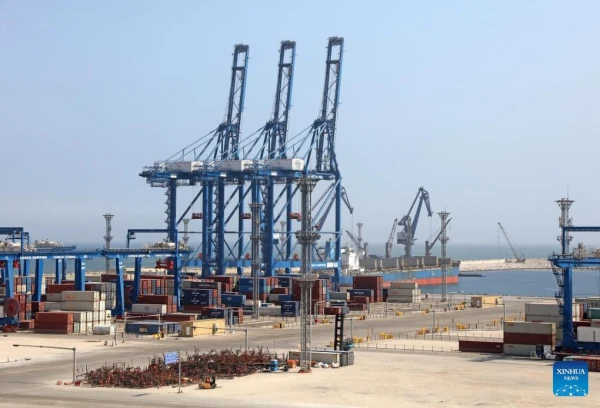
The infrastructure allows for maintaining high economic growth rates.
In the third quarter, China's GDP growth rate reached 4.8%. This figure is 0.4 percentage points lower than in the second quarter.
From January to September, China achieved a GDP growth rate of 5.2%.
The target set by the Chinese government for 2025 is 'around 5%'.
Meanwhile, China is no longer just building ports — it is rewriting the global maritime map. Over two decades, Beijing has created the largest network of deep-water terminals abroad, covering more than 90 ports on all continents. From Djibouti to Darwin, Chinese presence is felt at every key node of global trade.
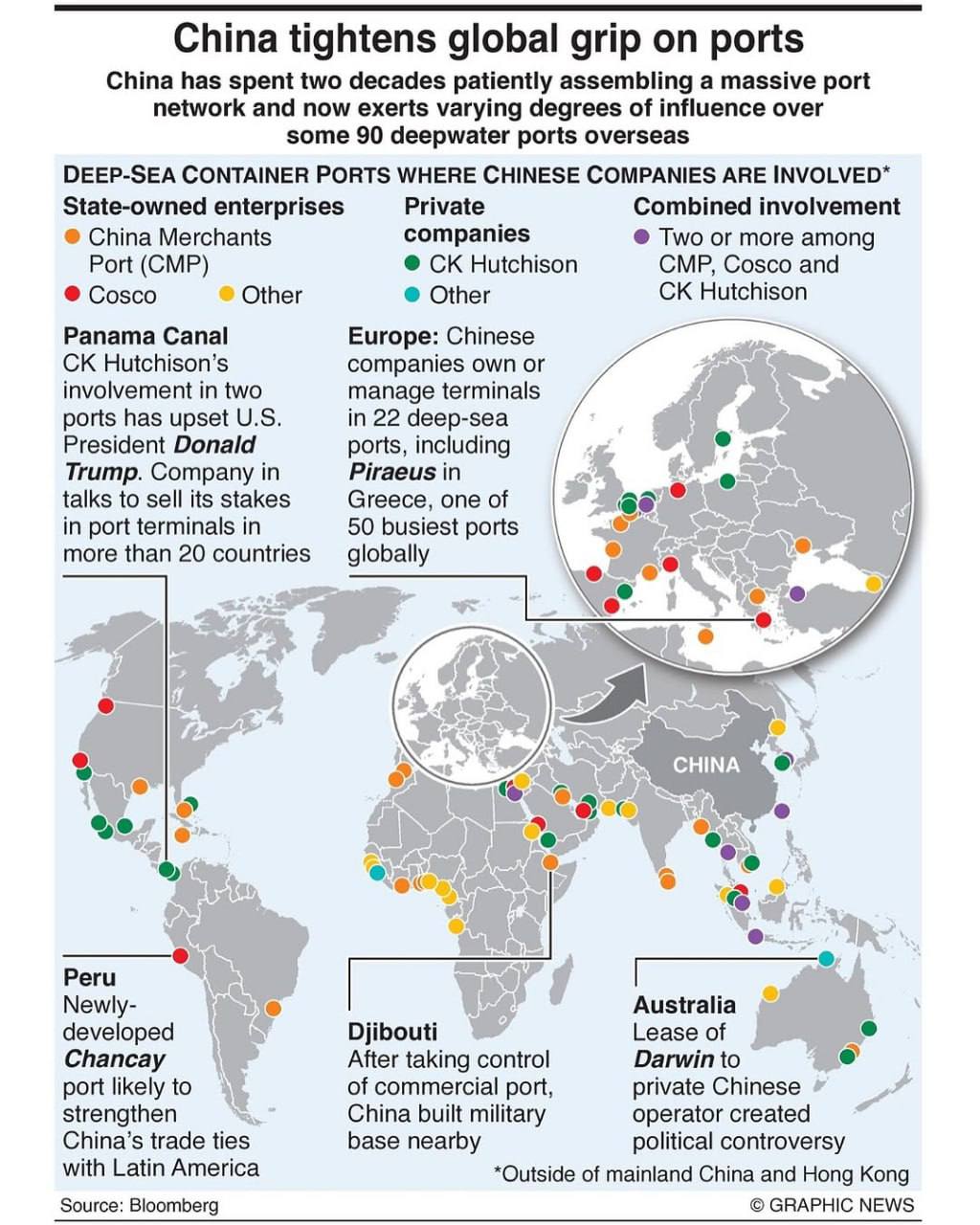
This infrastructure has long transcended economics and become a tool of influence. State giants China Merchants Port and COSCO, as well as private entities, manage terminals in 22 ports in Europe, including Piraeus, as well as in the Panama Canal, Latin America, and Africa.
Formally, this is logistics; in fact, it is a new geo-economic architecture where control over sea routes turns into a lever of global politics. Beijing is not just exporting goods — it is exporting the management of global trade flows.
Alongside this, China has purchased American LNG for the first time since the beginning of the year, with 136 tankers carrying gas totaling 12.8 billion cubic meters sent, which is almost a quarter higher than the figures for the same month in 2024, the largest supply among buyers of American LNG and nearly half of all American LNG exports for the current year — U.S. Department of Energy.



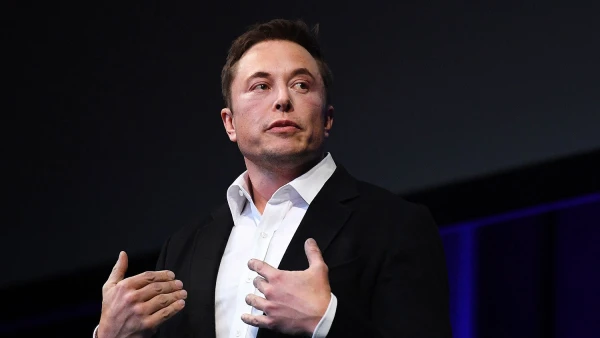


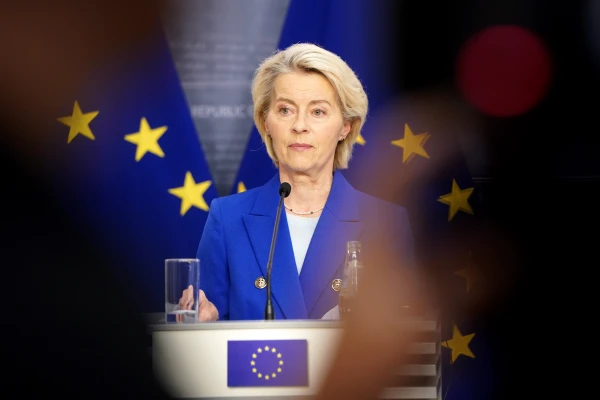

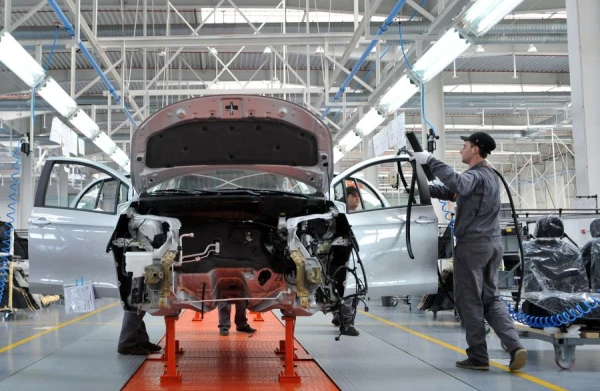
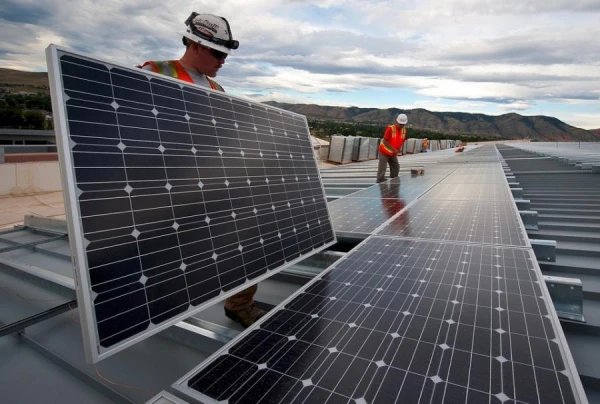




Leave a comment